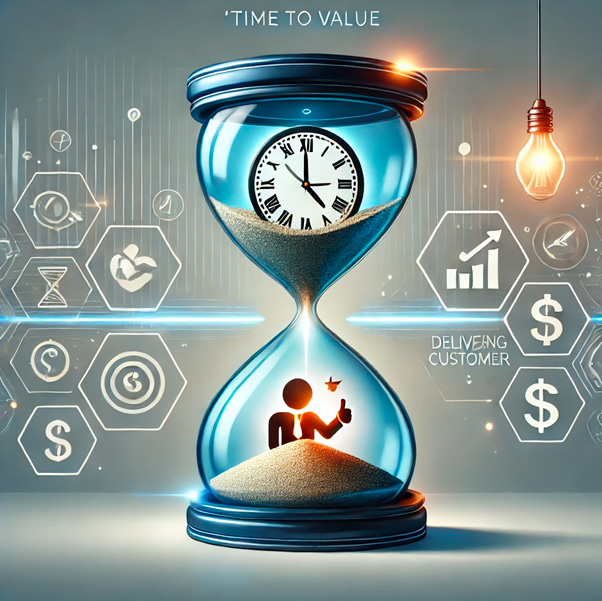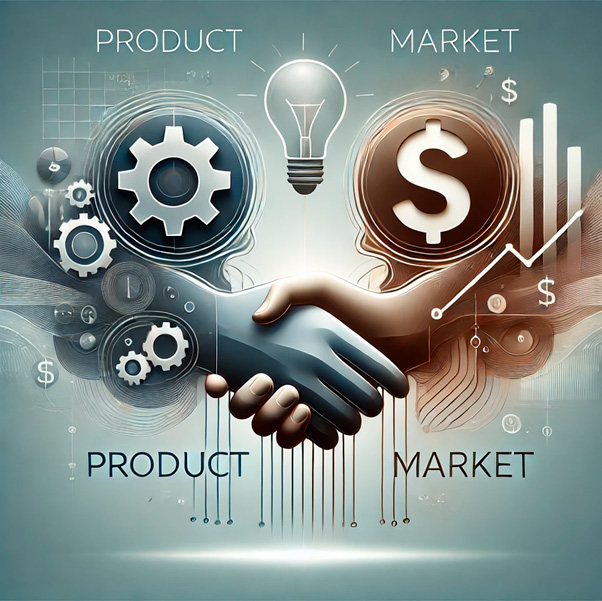Category: Glossary
-

Vertical SaaS
What is Vertical SaaS? Vertical SaaS refers to software solutions designed specifically for one industry or niche. Think of it as a “custom-tailored suit” rather than “one-size-fits-many” approach to software. Key characteristics: Industry-specific features Specialized workflows Targeted solutions Deep domain expertise Compliance-ready features 👆 By the way, an interesting fact: Vertical SaaS companies often achieve…
-

Horizontal SaaS
What is Horizontal SaaS? Horizontal SaaS refers to software that can be used by any business, regardless of industry. Think of it as the “one-size-fits-many” approach to software. Key characteristics: Industry-agnostic solutions Broad market appeal General business functions Wide user base Standardized features 👆 By the way, an interesting fact: The term “horizontal” in business…
-

Time to Value (TTV)
What is Time to Value? Time to Value (TTV) measures how long it takes for customers to get actual value from your product after purchasing it. Why TTV Matters A short TTV is crucial for customer satisfaction and retention. When customers see value quickly, they’re more likely to stick around and less likely to experience…
-

Value Proposition
What Is a Value Proposition? A value proposition is a clear statement that explains how your product solves customers’ problems, delivers specific benefits, and tells why folks should buy from you instead of your competition. Think of it as your product’s elevator pitch. 👆 By the way, an interesting fact: The concept of value proposition…
-

Signup to Customer Rate
What is Signup to Customer Rate? Signup to Customer Rate is a metric that measures the percentage of free signups who convert into paying customers. The basic formula for Signup to Customer Rate: Signup to Customer Rate = (Number of Paid Customers / Total Number of Signups) × 100 👆 By the way, an interesting…
-

Engagement Loop
What is an Engagement Loop? An engagement loop is a cycle of actions and rewards designed into a product that encourages users to engage repeatedly. It’s like a continuous feedback cycle where each action leads to a reward, which motivates more actions. 🔄 What makes it work: Triggers that prompt action Clear user actions Rewarding…
-

Sales-Led Growth
What is Sales-Led Growth? Sales-led growth is a business strategy where sales teams drive company growth through direct outreach and relationship building. 👆 By the way, an interesting fact: The traditional sales-led approach dominated B2B software until the mid-2000s, with companies spending up to 50% of revenue on sales teams. How Sales-Led Growth Works Key…
-

Product-Led Growth
What is Product-Led Growth? Product-led growth (PLG) is a strategy where your product itself drives customer acquisition, conversion, and expansion. Think of it as letting your product be your best salesperson. What makes it special: Product sells itself through great experience Users can start immediately Has a free version to try Easy to share with…
-

Product-Market Fit
What is Product-Market Fit? Product-Market Fit (PMF) means creating something people want so much they’re telling others about it! Think of it as the perfect match between your product and your customers’ needs 💝 It means: Your product solves a real problem Customers love using it They’re willing to pay for it They recommend it…
-

Bootstrapping
What Is Bootstrapping? Bootstrapping means building a company using your own resources, without external funding, like angel investors or venture capitalists etc. Think of it as being your own investor! 💪 What bootstrappers typically use: Personal savings Cash flow from sales Credit cards Friends & family loans Side gig income 👆 By the way, an…
-

Venture Capitalist
What Is a Venture Capitalist? A venture capitalist (VC) is a professional startup investor. 🚀 They manage pools of money (called funds) from other investors and invest that money into promising startups that could become the next big thing. What makes VCs special: Manage large investment funds Focus on high-growth startups Take active roles in…
-

Angel Investor
What Is an Angel Investor? An angel investor is a wealthy individual who invests their own money in early-stage startups in exchange for equity ownership. They typically provide: Seed funding ($10K – $500K) Business expertise Industry connections Mentorship Strategic guidance 👆 By the way, an interesting fact: The term “angel investor” originated from Broadway, where…